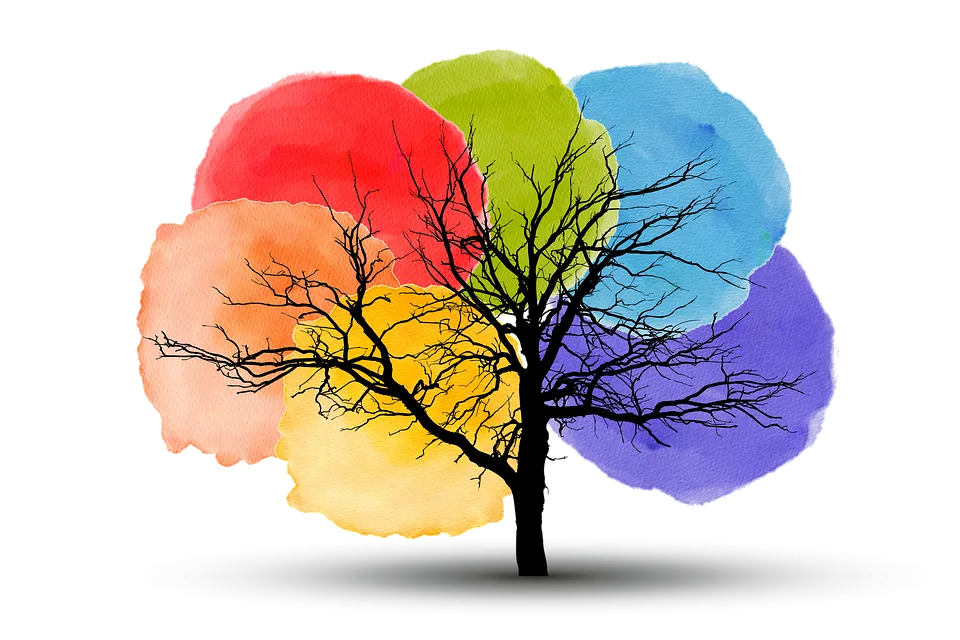
The Fascinating World of Animal Communication: Unlocking the Secrets of Non-Verbal Communication in the Animal Kingdom
Have you ever wondered how animals communicate with each other? While humans rely on verbal communication, animals have their own unique ways of conveying messages to one another. From the songs of birds to the scent markings of wolves, the animal kingdom is full of fascinating examples of non-verbal communication.
One of the most well-known examples of animal communication is the dance of the honeybee. When a honeybee finds a source of nectar, it returns to the hive and performs a dance that communicates the location of the food to other bees. By waggling its body and moving in a specific pattern, the bee is able to convey the distance and direction of the food source to its fellow hive members.
But honeybees aren't the only animals with impressive communication skills. Dolphins, for example, use a series of clicks, whistles, and body language to communicate with one another. These sounds can travel long distances underwater, allowing dolphins to stay in touch even when they're far apart.
Other animals use scent to communicate. Wolves, for example, mark their territory with urine and feces to let other wolves know that the area is already claimed. Similarly, many mammals use pheromones to signal their reproductive status or to attract mates.
Even animals that don't have vocal cords or complex social structures are able to communicate in their own way. Ants, for example, use chemical signals to mark trails and coordinate their movements. And plants communicate with one another through chemical signals as well, warning nearby plants of danger or attracting pollinators with their scents.
The study of animal communication is a fascinating field that has much to teach us about the natural world. By unlocking the secrets of non-verbal communication in the animal kingdom, we can gain a deeper understanding of the complex relationships between animals and their environments. So the next time you see a bird singing or a wolf marking its territory, take a moment to appreciate the incredible world of animal communication that surrounds us.

All images are taken from the Pixabay.com